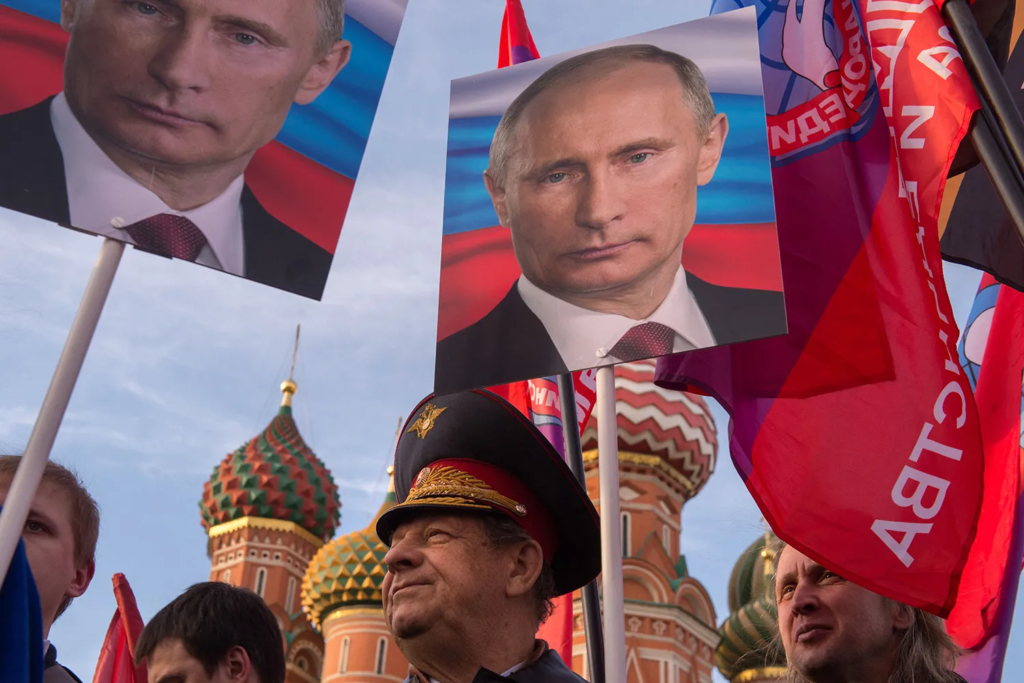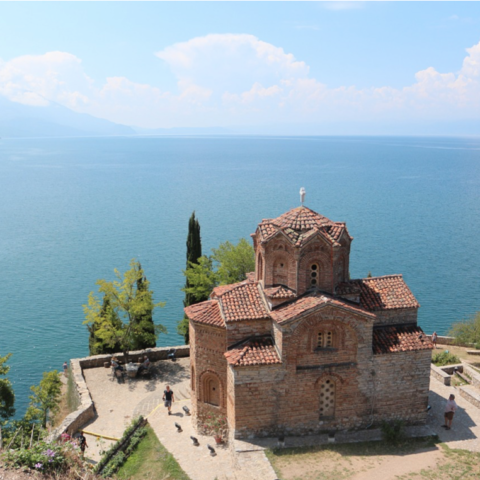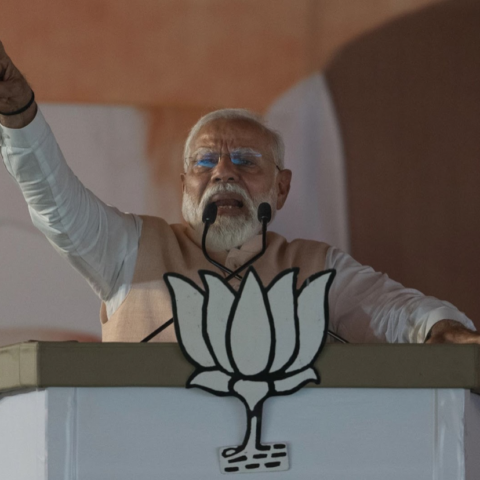By Zachary Leggio and Mayerlyn Rivera
Edition 2: March 11-March 17

Upcoming
Russia
Russia’s 2024 presidential election will likely result in Vladimir Putin’s fifth term in office, which would extend his rule until at least 2030. Almost all opposition candidates, including Alexei Navalny, have either been imprisoned or killed, and any media that could speak out against Putin’s policies has been blocked. The candidates that will appear on the ballot will be Vladimir Putin as an independent, Nikolai Kharitonov of the Communist Party, Leonid Slutsky of the nationalist Liberal Democrtic Party, and Vladislav Davankov of the New People Party. These candidates are not serious contenders, as they are all allies of Putin and only present the illusion of choice.
The government predicts this election to bring 100 million eligible voters to the polls, although turnout is likely to be closer to 60 percent. The election will also be held in the four Ukrainian regions that Russia annexed in 2022, Donetsk, Luhansk, Zaporizhzhia and Kherson, which Russia does not maintain full control of. The voting will take place over three days, March 15 through 17, and will also be available online, which election observers have criticized because online voting is less transparent and easier to manipulate. The elections have little chance of being free and fair due to the lack of election security and the lack of clear oppositional candidates, although the late opposition leader Navalny encouraged his supporters to turn out to vote against Putin by supporting other candidates on the ballot.
Recaps
Iran
Iran’s March 1 parliamentary elections brought very little surprises. Although the parliament is far less powerful than Iran’s supreme leader, who is not popularly elected, these elections are still an opportunity for Iranians to advocate for their beliefs and desires for their country. Voter turnout is one of the most basic indicators of government support in a country. Iran’s reported turnout was 41 percent, with 8 percent of ballots being returned blank. Critics have accused the government of manipulating these numbers and claim that the turnout was even lower than this. This turnout marks a steep decrease from the near-70 percent turnout in 2017. Cities like the capital, Tehran, saw only about 25 percent turnout, which is abysmally low.
Of the ballots that were cast and not blank, well-known conservative members of parliament saw their margins of victory sharply decrease, and some even lost their reelection bids. Three very prominent officials in the Assembly of Experts, which picks the supreme leader, also lost reelection. Overall, these elections convey the discontent the Iranian people have both with their representation and the options presented to them, continuing to cast a shadow on the long-term legitimacy of Iran’s democracy.
Photo: https://foreignpolicy.com/2024/01/02/russia-ukraine-war-putin-economy-navalny-prigozhin/

